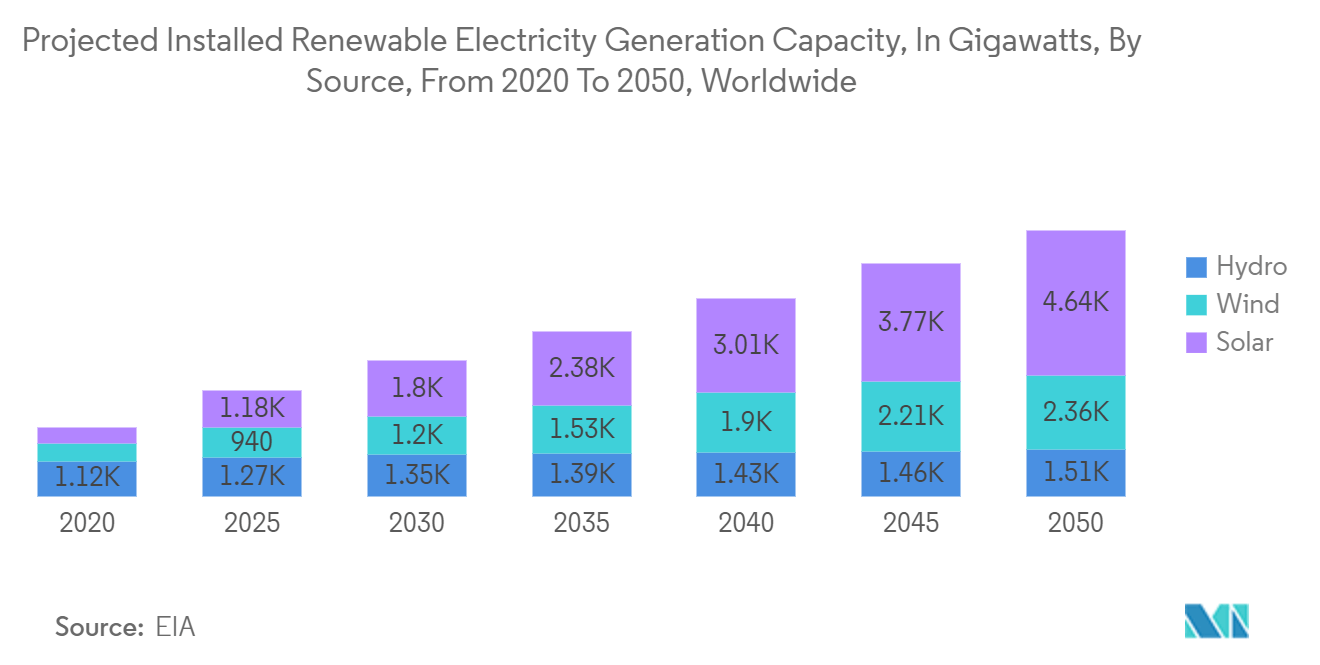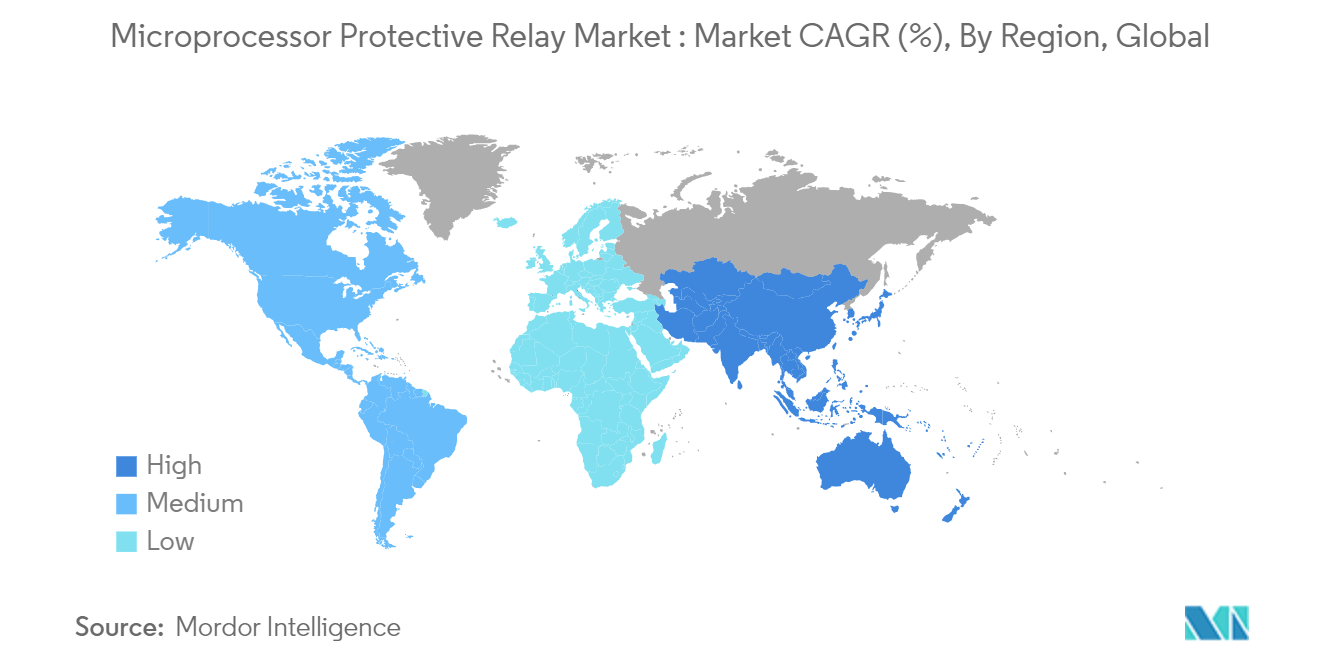Market Trends of Microprocessor Protective Relay Industry
Utilities Segment to Hold Significant Market Share
- Protective relays are poised to see continued demand from utilities, particularly in power generation and distribution. The International Energy Agency (IEA) projected that global electricity demand will increase by 3.3% in 2024. With growing awareness of electrical safety and the need to minimize the impact of power system faults, there is an increasing emphasis on deploying sophisticated protection systems in utilities. Microprocessor protective relays offer enhanced accuracy, selectivity, and intelligence in detecting and responding to faults, ensuring the safety of electrical equipment, personnel, and the overall power system.
- Global nations are ramping up investments to modernize their power infrastructures, adapting them for renewable energy and aligning with evolving industry needs. As more renewable energy projects are developed and connected to the grid, the overall power system becomes more complex and diverse. Microprocessor protective relays play a crucial role in ensuring the safe and reliable integration of these new renewable energy sources into the existing grid infrastructure.
- For instance, Australia has set a goal of generating 82% of its electricity through renewable sources like solar PV and wind by 2030, and solar PV is expected to be a significant contributor to achieving this target.
- Microprocessor protective relays are instrumental in detecting and isolating faults that may occur within the power grid. They provide rapid fault detection, allowing for quick isolation of the affected section, preventing cascading failures, and minimizing downtime. This aids in maintaining the reliability and performance of the renewable energy systems and the overall grid.
- Many regions have specific grid codes and standards that renewable energy projects need to adhere to for seamless integration into the power grid. Microprocessor protective relays enable compliance with these codes by providing the necessary protection functions and communication capabilities required for grid connection and synchronization.

Asia-Pacific to Register a Significant Market Share
- The growth of the microprocessor protective relay market in Asia-Pacific is driven by factors like increasing power infrastructure, grid modernization efforts, electrical safety awareness, smart grid initiatives, and government support. With the continued expansion of power systems and advancements in technologies, the demand for microprocessor protective relays is expected to further increase in the region.
- Asia-Pacific is experiencing rapid industrialization, urbanization, and population growth, leading to an increased demand for electricity. As countries in the region continue to invest in expanding and upgrading their power infrastructure, the need for reliable protection systems, including microprocessor protective relays, is growing. For instance, according to the United Nations, India will become the most populated country in the coming years, with a population of 1.5 billion by 2030 and 1.66 billion by 2050.
- Many countries in Asia-Pacific are focusing on modernizing their power grids to improve efficiency, reliability, and quality of electricity supply. This includes the incorporation of advanced protection and control technologies like microprocessor protective relays. The upgrading of aging power infrastructure and the integration of renewable energy sources also drive the demand for advanced protection solutions.
- In October 2023, the Solar Energy Corporation of India (SECI) launched a tender in the Indian market to develop about 1 GW of interstate transmission grid-connected solar projects. The solar projects to be developed will witness the signing off of a 25-year power purchase agreement between developers and SECI. The onset of such gigawatt-scale solar tenders and the development of projects are expected to create a spur in the solar energy market in the coming years.
- For instance, India's installed renewable power capacity (including hydro) was 191.67 GW as of April 2024. By 2030, the country intends to build 500 GW of renewable energy. Thus, increasing demand for renewable energy in the country is expected to contribute to market growth during the forecast period.
- Asia-Pacific is witnessing the adoption of smart grid technologies, which enable advanced monitoring, control, and automation of power systems. Microprocessor protective relays play a crucial role in smart grid applications by providing real-time monitoring, remote control, and communication capabilities, supporting the reliable and efficient operation of the grid.
- Governments in Asia-Pacific are implementing initiatives and making investments in the power sector to meet the growing energy demand and improve grid reliability. These initiatives often include the deployment of advanced protection and control systems, driving the demand for microprocessor protective relays.


